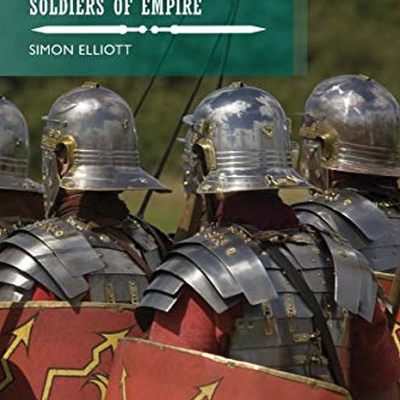The book “Roman Legionaries: Soldiers of Empire” by Simon Elliott is about one of the most effective military units in the world – the Roman legions. Simon Elliott is a historian and archaeologist especially passionate about the history of Britain during the Roman times, Roman military and fleet (e.g. Classis Britannica). The book was published by Casemate Publishers.
The actual content of the heading consists of: introduction; the chronology of major events in Roman history, from the creation of the Roman republic to the fall of Rome; letters of emperors to Septimius Severus; the next five chapters; and summaries. Thus, the substantive material has about 160 pages. At the end of the book, we will find a list of major events in the history of Roman Britain; a bibliography that the author used when writing the work and an index of people and words.
Getting to the bottom of it. As mentioned, the author divided the main content of the book into five chapters. The first one outlines the history of the Roman state, focusing in particular on the times of the Republic and the Empire. In the second chapter, we learn how the Roman army and legion evolved, how the recruitment was carried out and how the legionary was equipped throughout history. The third chapter focuses on presenting the combat value of the legion and using it in battle; here the author presents three battles in which Roman armies took part to better illustrate the effectiveness of the unit. In the fourth chapter, the author describes the non-military tasks of a legionary and the use of learned skills of a recruit in military service. The last chapter is a description of other Roman units: auxilia; late Roman: comitatenses, limitanei; or the fleet.
It should be emphasized that the author is able to neatly outline the uniqueness of the Roman legions. The author uses numerous Latin phrases and accurately describes the command structures, the number of troops and the changes taking place in the equipment or fighting style of legionaries. The content is enriched with illustrations and photos as well as short annotations with additional information.
In conclusion, I find the book a very accessible summary of Roman military history and the operation of the Roman legions. Despite the small volume of the book, the author tried to include a lot of materials and information that would allow the reader to get acquainted with the topic well.


